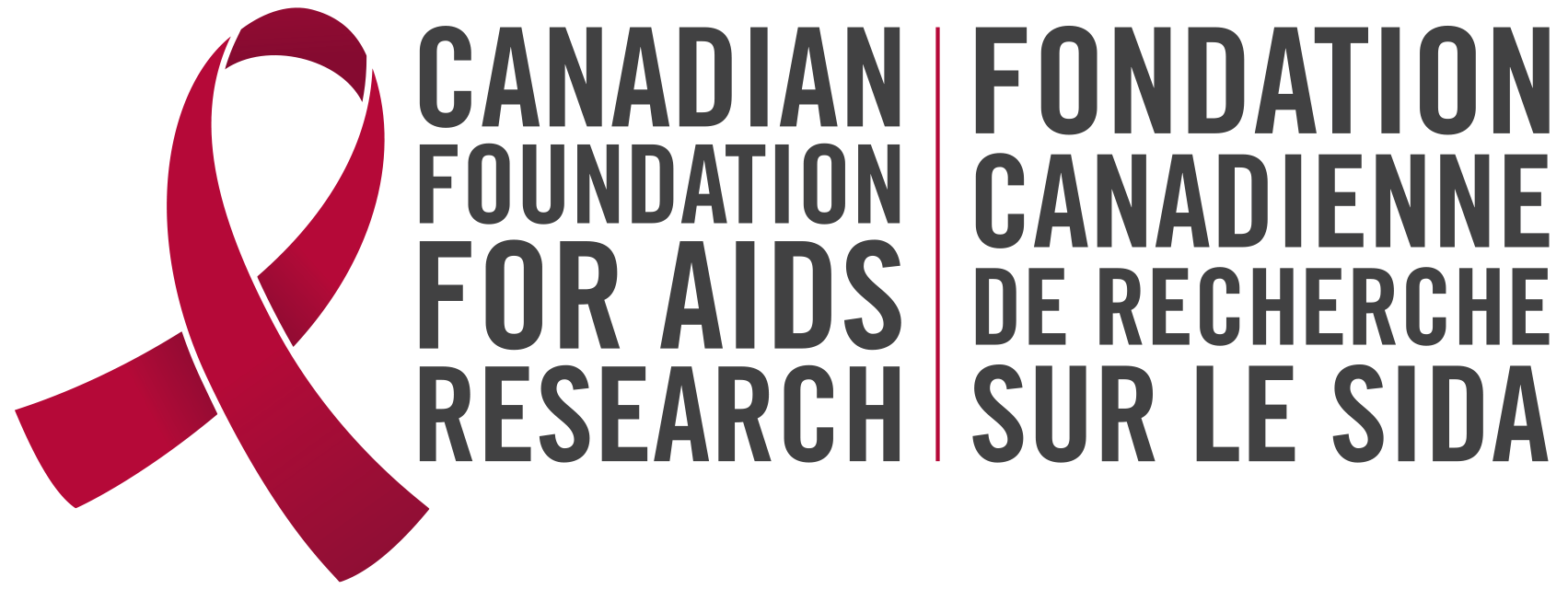About HIV/AIDS
After four decades of the HIV/AIDS epidemic, millions of lives across the globe have been devastated by this disease.
AIDS has been one of the most destructive pandemics in the history of humankind. More than 35 million people worldwide have died of AIDS-related illness. There is an estimated 36 million people currently living with HIV globally.
In Canada, it is estimated that:
people are living with HIV
people were newly diagnosed in 2023
people newly acquire HIV each day
person acquires HIV every four hours
Source: HIV Surveillance Report 2023
What Are HIV/AIDS?
HIV
HIV stands for Human Immunodeficiency Virus. It is a virus that weakens the immune system. It destroys white blood cells and makes copies of itself in these cells, which are our body’s natural defence against illness.
As the white blood cells are destroyed and more copies of the HIV are made, without treatment, a person’s immune system is broken down. This makes it harder and harder for the person to fight off infections and diseases. If HIV is untreated, it may take up to a decade for the immune system to be so severely damaged that it can no longer defend itself at all. The speed that the HIV progresses depends on a person’s age, health, and background. This final level of infection is called AIDS.
AIDS
AIDS stands for Acquired Immune Deficiency Syndrome. It is also referred to as advanced HIV infection or late-stage HIV. AIDS is a set of symptoms and illnesses that develop as a result of advanced HIV infection, which has destroyed the immune system. These symptoms or illnesses is known as the last stage of HIV, or advanced HIV infection, which is ultimately AIDS. When HIV is so advanced that it has transformed into AIDS, and if left untreated, could lead to death.
How Is HIV Transmitted?
A person can contract the virus by having unprotected sex (vaginal or anal) and oral sex with someone who is HIV-positive; receiving a contaminated blood; and sharing contaminated needles, syringes, surgical equipment or other sharp instruments.
HIV is ultimately found in semen, blood, vaginal and anal fluids, and breast milk. It cannot be transmitted through sweat, saliva or urine.
